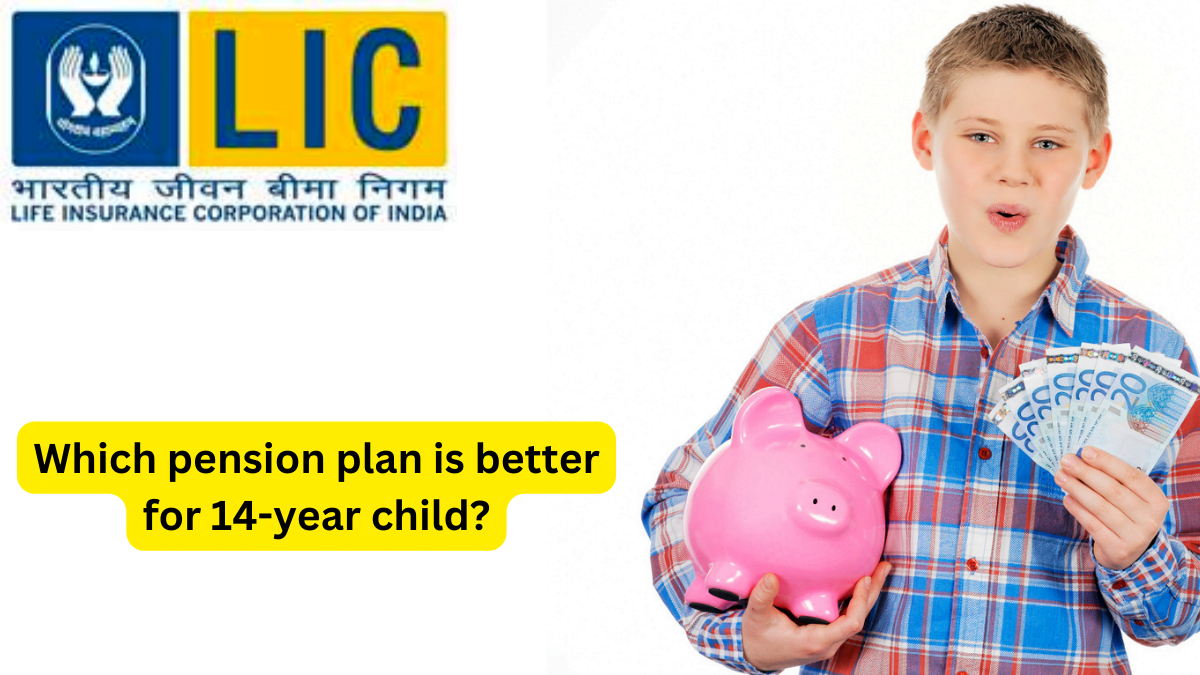Which pension plan is better for 14-year child?
Both LIC’s Jeevan Umang and Jeevan Utsav are insurance plans that offer different benefits and are designed for different purposes.
Table of Contents
Jeevan Umang is a whole life assurance plan that provides a combination of income and protection to your family. This plan offers annual survival benefits from the end of the premium paying term till maturity and a lump sum payment at the time of maturity or on death of the policyholder during the policy term. The payout begins immediately upon the completion of the premium payment term (PPT), and there are four PPT options available, including 15, 20, 25, and 30 years.
Jeevan Umang Plan Illustration for 14-Year Child
| First Year Premium: | 1,00,588 |
| Second Year Premium: | 98,422 |
| Sum Assured: | 32,50,000 |
| Policy Term: | 86 |
| PPT: | 30 |
| PWB Rider: | Yes |
| Total Amount Payable: | 28,89,612 |
| Regular Income (From Age 44 to 99) : | Rs.2,60,000 Every Year |
| Natural Risk Cover: | 34,35,250 to 3,07,19,000 |
| Accidental Risk Cover: | 34,35,250 to 3,07,19,000 |
| Surrender Value: (From Age 44 to 99): | 1,08,59,127 to 2,88,00,850 |
| Loan Facility: (From Age 26 to 43) | 12,02,221 to 74,11,942 |
On the other hand, Jeevan Utsav is described as a whole life plan that guarantees 10% of the Sum Assured every year for life after 3-6 years after the premium payment term.
Jeevan Utsav Plan Illustration for 14-Year Child
| First Year Premium: | 1,00,220 |
| Second Year Premium: | 98,062 |
| Sum Assured: | 15,75,000 |
| Policy Term: | 86 |
| PPT: | 16 |
| PWB Rider: | Yes |
| Total Amount Payable: | 15,56,710 |
| Regular Income (From Age 33 to 99) : | Rs.1,57,500 Every Year |
| Natural Risk Cover: | 16,38,000 to 25,83,000 |
| Accidental Risk Cover: | 16,38,000 to 25,83,000 |
| Surrender Value: (From Age 33 to 99): | 20,15,256 to 20,60,459 |
| Loan Facility: (From Age 33 to 43) | 15,11,442 to 15,45,344 |
Choosing between these two plans depends on various factors such as the financial goals, risk appetite, investment horizon, and the specific needs of the individual. It’s recommended to consult with a financial advisor or insurance expert to understand which plan would be more suitable for a 14-year-old child.
